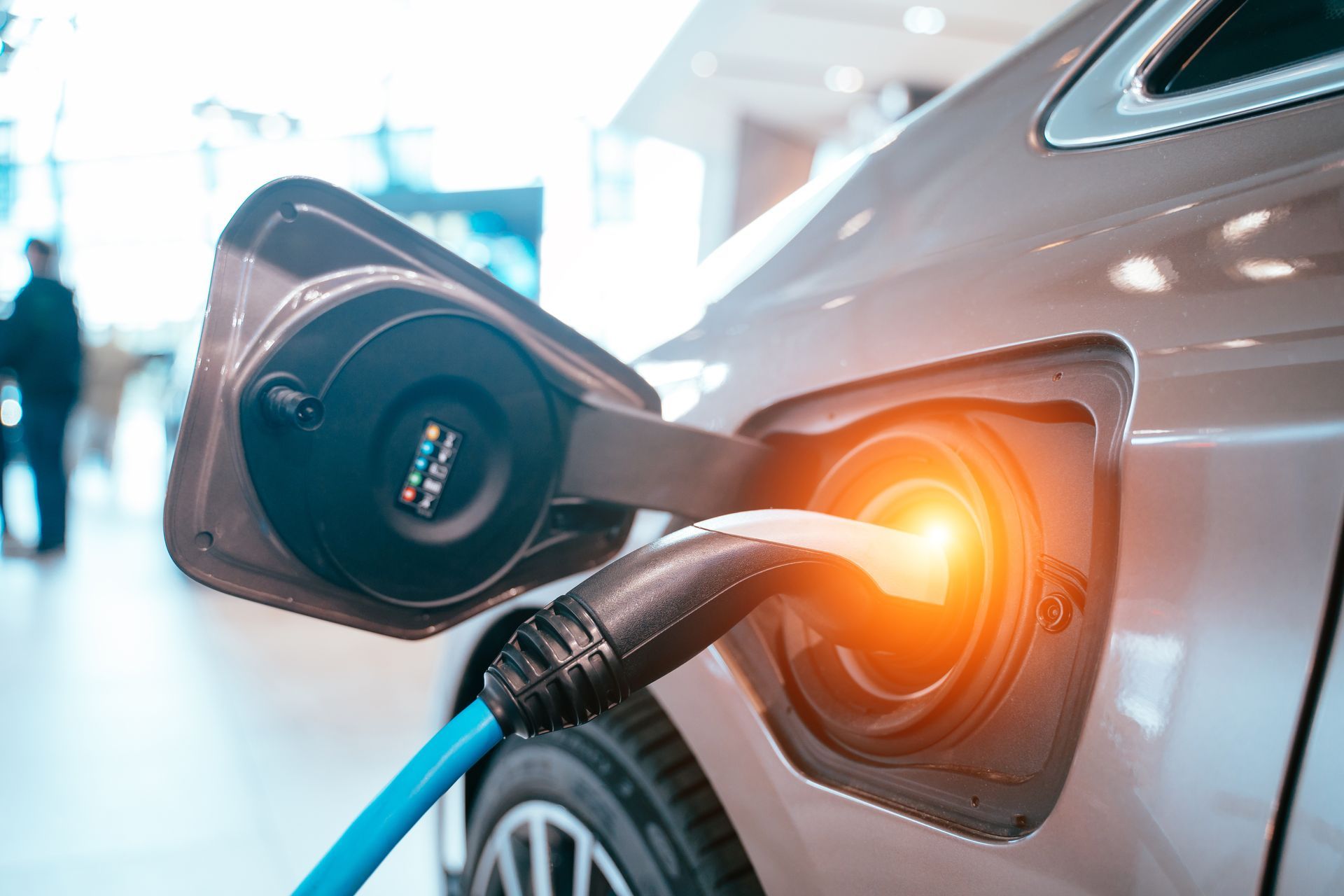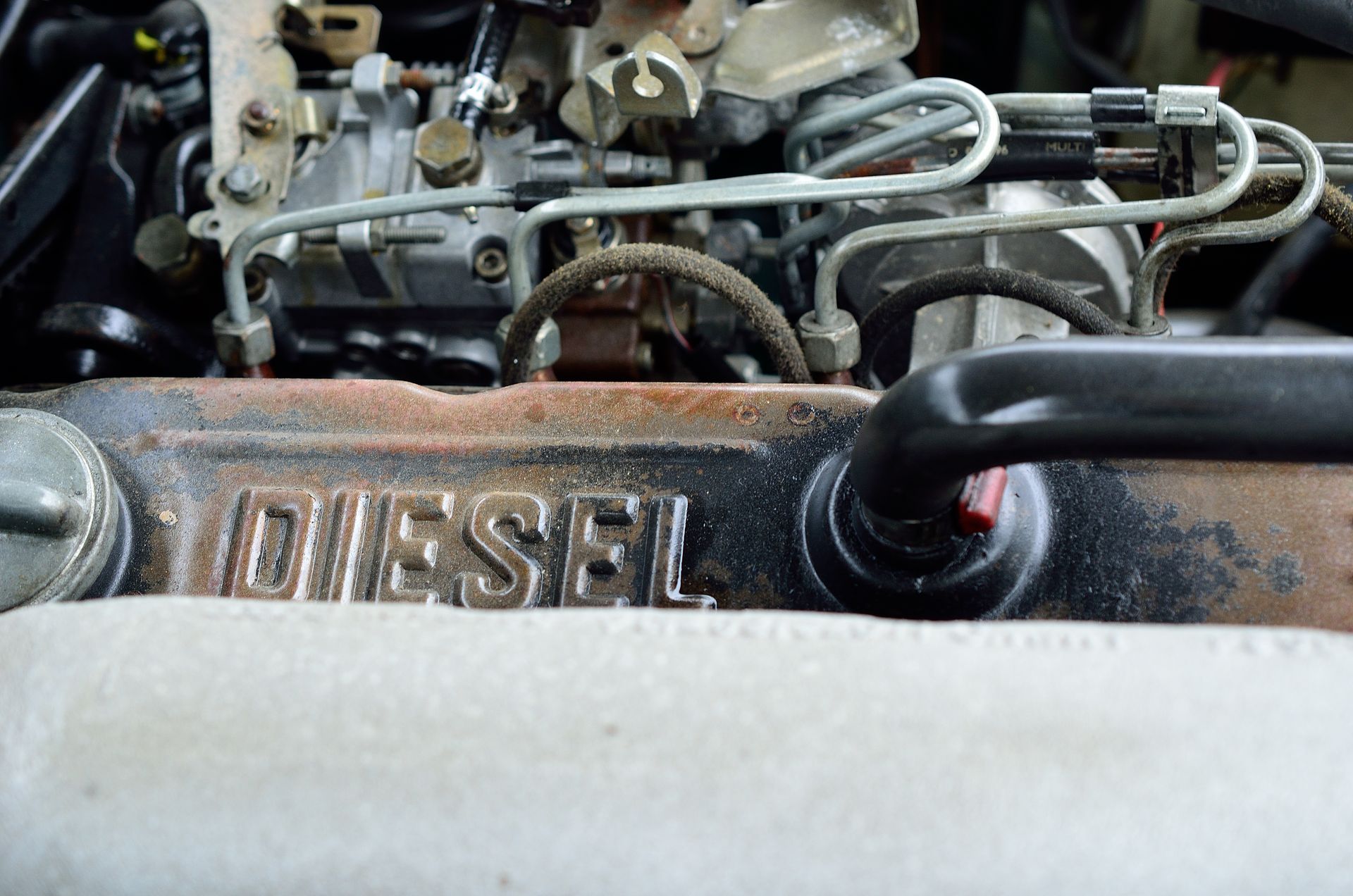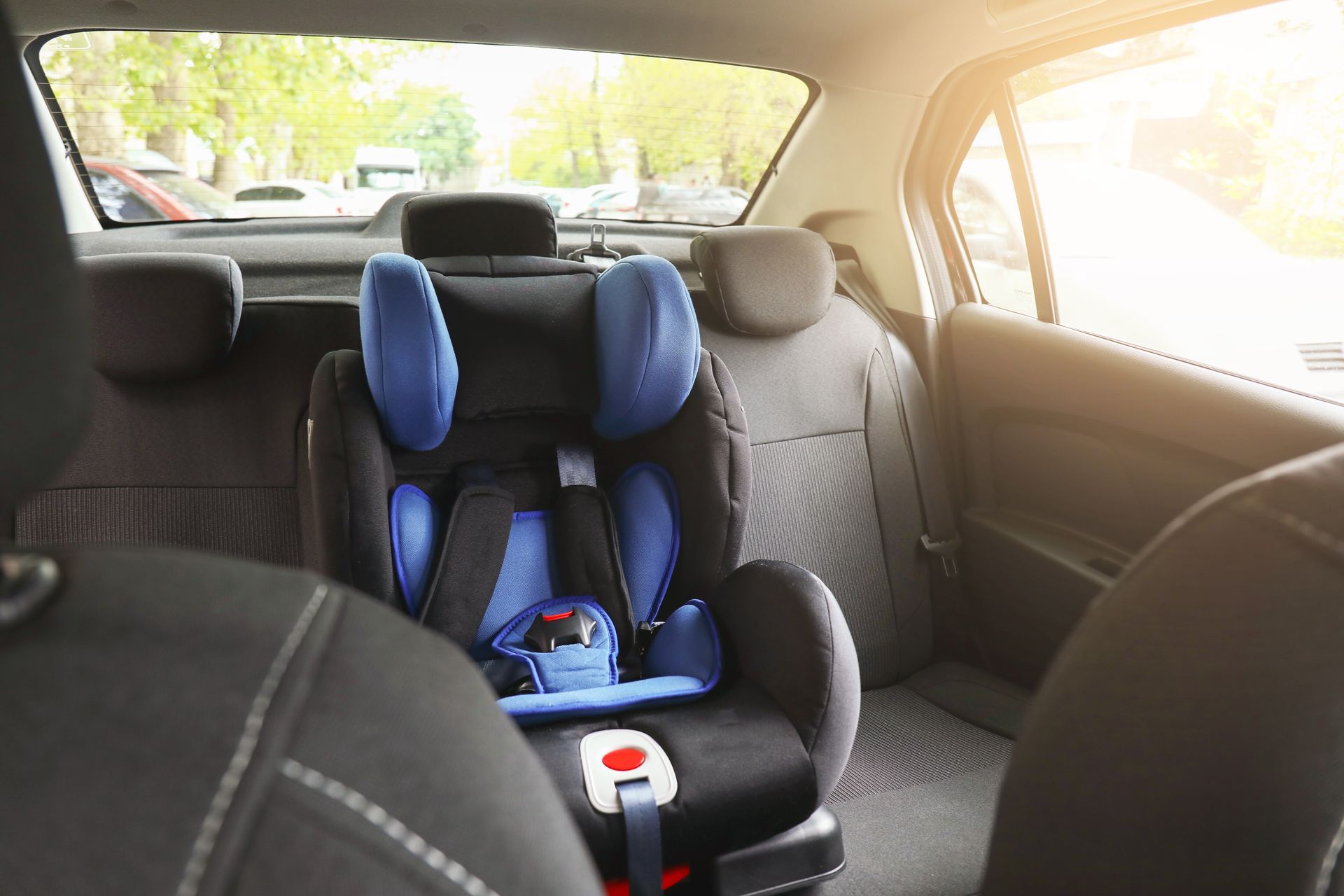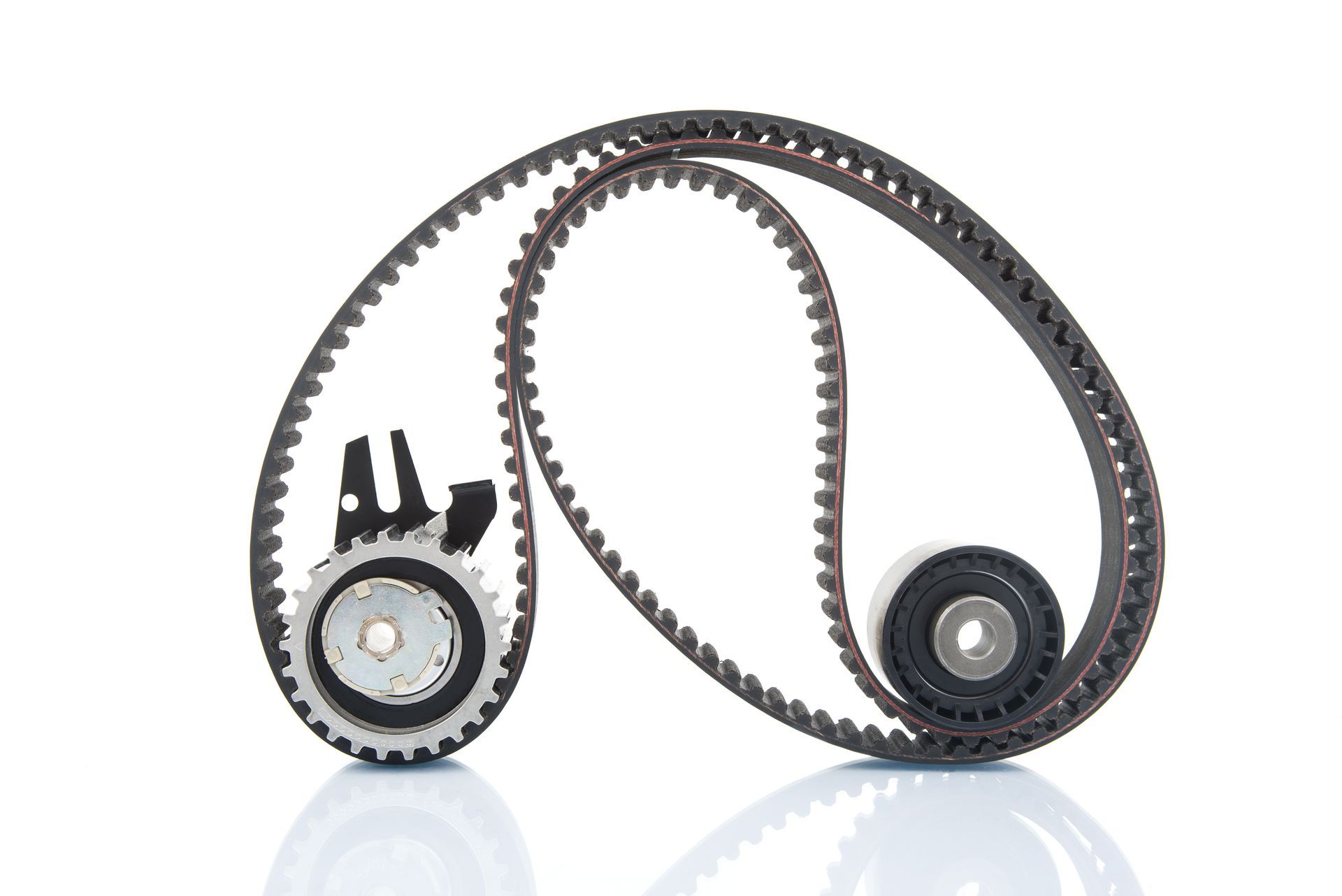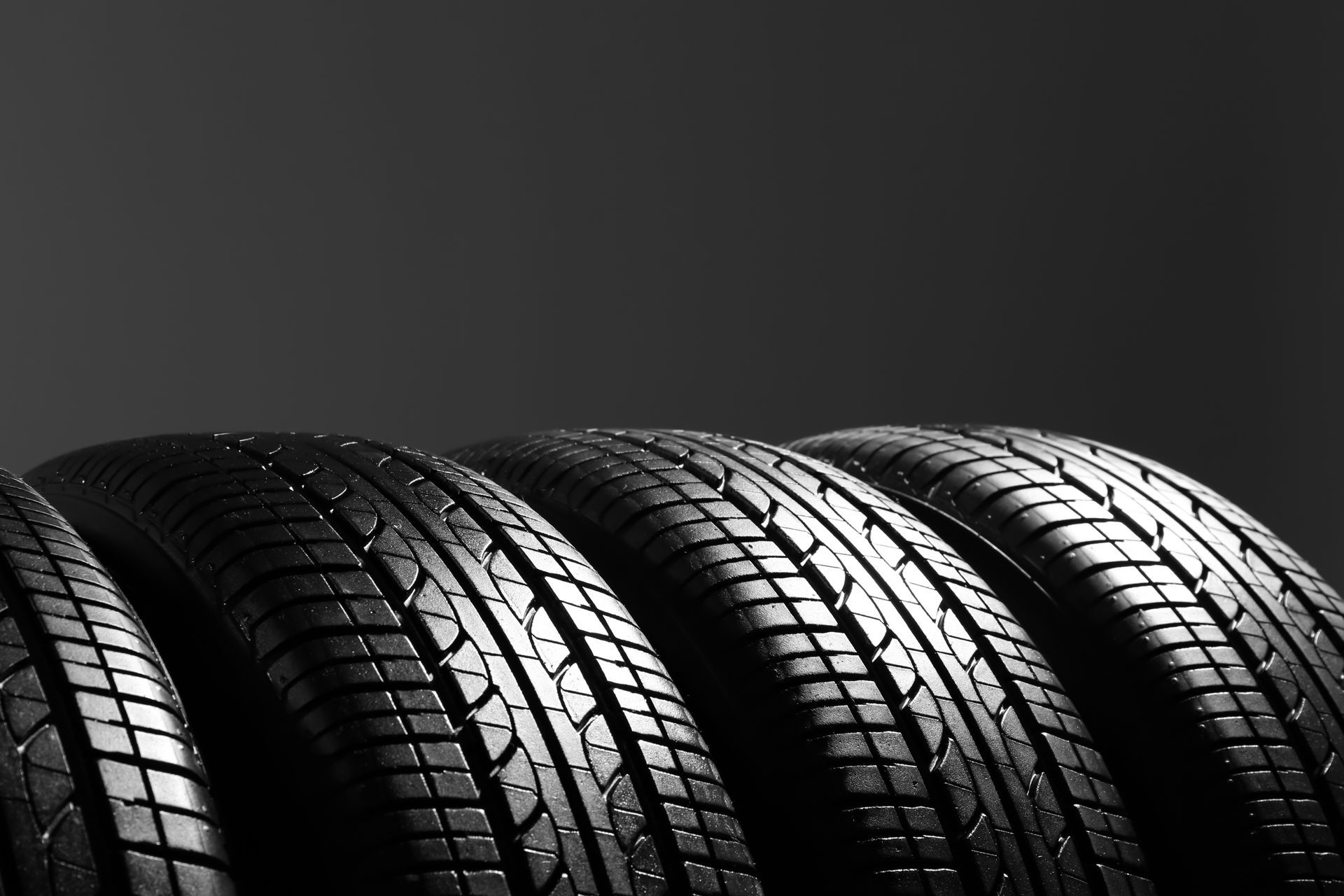Loading ...
Missing business hours data / Error occurred while getting the data.
24 hour service, After hours towing
Loading ...
Missing business hours data / Error occurred while getting the data.
24 hour service, After hours towing
Comparing Hybrid and Plug-in Hybrid Cars
July 26, 2024
Hybrid and plug-in hybrid cars have become popular choices for eco-conscious drivers. With advancements in technology and a growing emphasis on reducing carbon footprints, these vehicles offer significant benefits over traditional gasoline-powered cars. But what sets them apart? We'll explore the differences between hybrid and plug-in hybrid cars, and see which one might be the best fit for your driving needs.
Modern Hybrid Cars
Hybrid cars have been on the market for quite some time, and they operate using a combination of a gasoline engine and an electric motor. This dual system allows the vehicle to switch between or simultaneously use both power sources, optimizing fuel efficiency and reducing emissions.
The electric motor in a hybrid car is primarily charged through regenerative braking, a process where the energy usually lost during braking is captured and used to recharge the battery. This means that hybrid cars do not require plugging in to charge. Instead, they rely on the gasoline engine and regenerative braking to maintain battery power.
Driving a hybrid car can be an eye-opening experience in terms of fuel savings. They are particularly efficient in stop-and-go traffic, where the electric motor can handle low-speed driving, reducing the reliance on the gasoline engine. Additionally, the transition between the electric motor and gasoline engine is typically smooth, providing a seamless driving experience.
Plug-in Hybrid Cars
Plug-in hybrid cars, or PHEVs (Plug-in Hybrid Electric Vehicles), take the concept of hybrids a step further. Like standard hybrids, they use both a gasoline engine and an electric motor. However, the key difference lies in their larger battery packs, which can be charged by plugging into an external power source.
This ability to charge the battery externally means that PHEVs can operate solely on electric power for a certain range, typically between 20 to 50 miles, depending on the model. Once the electric range is depleted, the vehicle seamlessly switches to hybrid mode, using both the gasoline engine and the electric motor.
One of the significant advantages of PHEVs is their flexibility. For short commutes or city driving, many drivers can complete their journeys without using any gasoline at all. For longer trips, the gasoline engine provides an extended range, eliminating the range anxiety often associated with fully electric vehicles.
Fuel Efficiency and Environmental Impact
Both hybrid and plug-in hybrid cars offer substantial improvements in fuel efficiency and environmental impact compared to traditional gasoline cars. However, their effectiveness can vary based on driving habits and conditions.
Hybrid cars typically achieve better fuel efficiency in urban environments with frequent stops and starts, leveraging the electric motor's capabilities. On the other hand, plug-in hybrids shine with their ability to run on electric power alone for short distances, drastically reducing gasoline consumption and emissions for daily commutes.
When it comes to long-distance driving, hybrids may have an edge due to their continuous ability to recharge the battery through regenerative braking. PHEVs, while still efficient, will revert to hybrid mode after the electric range is exhausted, relying on both the gasoline engine and electric motor.
Cost Considerations
The cost of hybrid and plug-in hybrid cars can vary significantly. Generally, hybrids tend to be more affordable than PHEVs due to their smaller battery packs and less complex systems. However, the price gap has been narrowing as technology advances and more PHEV models enter the market.
While PHEVs often come with a higher upfront cost, they can offer greater savings in fuel expenses over time, especially for drivers who can take full advantage of the electric-only range. Additionally, PHEVs may qualify for federal and state incentives, further offsetting the initial investment.
Maintenance costs for both types of vehicles are typically lower than traditional gasoline cars due to less wear and tear on the engine and braking systems. However, it's essential to consider potential battery replacement costs, which can be significant. Fortunately, most manufacturers offer warranties that cover the battery for several years or a specific number of miles.
Driving Experience and Convenience
The driving experience between hybrids and plug-in hybrids can also differ. Hybrids are often praised for their smooth and quiet operation, with the electric motor providing instant torque for quick acceleration. They are also convenient for drivers who don't want to worry about charging, as the gasoline engine ensures there's always power available.
Plug-in hybrids offer the unique advantage of driving on electric power alone, which is not only more eco-friendly but also provides a nearly silent driving experience. However, they do require regular charging to maximize their benefits. This means having access to a charging station at home or work is ideal, although public charging infrastructure is steadily growing.
For those who can charge regularly, the convenience of never visiting a gas station for short commutes is a significant perk. However, for those who frequently drive long distances, the hybrid's ability to continuously generate its power might be more appealing.
Keep your hybrid or plug-in hybrid car in top shape! Schedule an appointment with
Oneida Service Center and ensure your vehicle is always performing at its best.
24 hour service, After hours towing
Loading ...
Missing business hours data / Error occurred while getting the data.
having trouble finding us?
Loading ...
Missing nap lines data / Error occured while getting the data.





